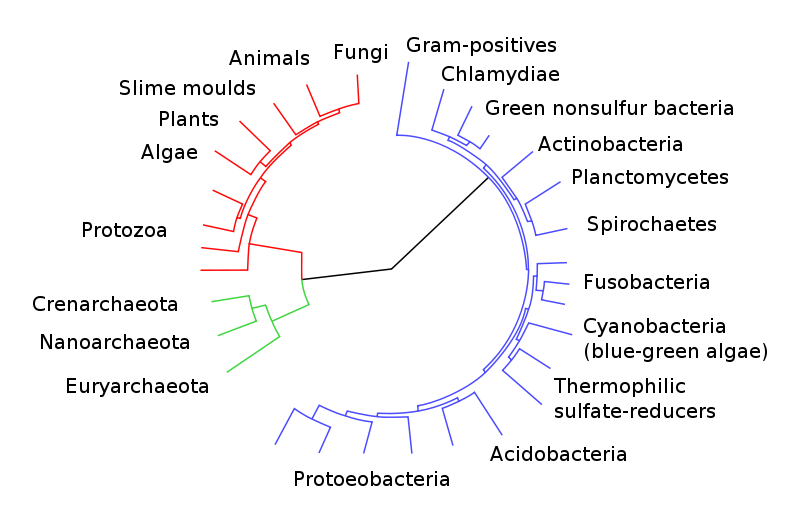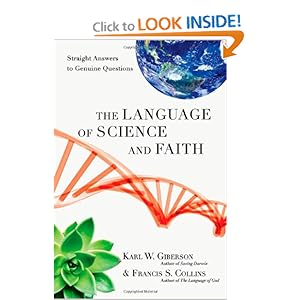speciation
Speciation: The triumph of hope over evidence
New species of mountain butterfly appears to be successful hybrid
Nile crocodiles swam to Caribbean?
In “Nile crocodile is two species” (Nature, September 14, 2011), Ed Yong reports, he iconic Nile crocodile actually comprises two different species — and they are only distantly related. The large east African Nile crocodile (Crocodylus niloticus) is in fact more closely related to four species of Caribbean crocodile than to its small west African neighbour, which has been named Crocodylus suchus. Genes from both living crocodiles and mummies were sequenced. Apparently, the ancient Egyptians knew that suchus was different. It was docile enough to use in religious ceremonies. The name C. suchus was coined in 1807 by the French naturalist Geoffroy Saint-Hilaire, who singled it out as a subspecies of Nile crocodile. However, his ideas were not widely accepted. Read More ›
Przewalski’s horse species older than thought?
Can size difference generate new species?

New count method puts species totals much higher – but Brit toff says something stupid about it
Speciation: More new species discovered – really?

At Eurekalert ( 7-Jul-2011), we learn:
Jewel beetles, obtained from local people, turn out to be 4 species unknown to science
A team of researchers from the Czech University of Life Sciences discovered four new species of jewel beetles (Buprestidae) from South-eastern Asia. This family of beetles is named for their particularly beautiful body and fascinating, shiny colours.
“All new species belong to the genus Philanthaxia. Before the publication of this study, 61 species had been known from this genus. Currently, it comprises of 65 species, with a primarily Southeast-Asian distribution, except for two species extending to the Australasian region”, said Oto Nakládal, a co-author of the study.
Beetles do speciate very readily. From famous mid-twentieth century Darwinist J.B.S. Haldane:
The Creator would appear as endowed with a passion for stars, on the one hand, and for beetles on the other, for the simple reason that there are nearly 300,000 species of beetle known, and perhaps more, as compared with somewhat less than 9,000 species of birds and a little over 10,000 species of mammals. Beetles are actually more numerous than the species of any other insect order. That kind of thing is characteristic of nature.
So maybe not such a surprise. On the other hand,
Read More ›
Bears: Just when we thought we had their species all figured out …

.. and could occupy our time persecuting dissenters, we learn from CBC News (July 7, 2011),
A female grizzly bear who lived in Ireland less than 50,000 years ago was an ancestor of all modern polar bears, suggesting “grolar” hybrids were an important part of polar bear history.The unexpected DNA evidence suggests that interbreeding between polar bears and brown bears — usually known as grizzly bears in North America — is not unusual at times when climate change caused the range of the two species to overlap, such as around the beginning of the last ice age.
– “Polar bears had Irish grizzly ancestor”
Yes, the grolar bear (grizzly +polar) is real, including second generation hybrids. Read More ›
Is Darwinism hinted to be on life support in this journal article?

At Eurekalert, we learn about “The mechanics of speciation: Model examines factors that contribute to the emergence of new species” (24-Jun-2011). And we learn that sympatric speciation – a key current claim – is “not impossible.” Read More ›
Karl Giberson and Francis Collins explain how Canadians can become a separate species
 In The Language of Science and Faith, (IVP Books, 2011) explaining how microevolution can become macroevolution, they explain,
In The Language of Science and Faith, (IVP Books, 2011) explaining how microevolution can become macroevolution, they explain,
If a population of some species undergoes a substantial number of such changes [genetic mutations], it can eventually turn into a new species, a process called speciation. Usually speciation requires that the population be geographically isolated from other related populations so that the beneficial genes do not get diluted among the entire population. Mutations in the human species, for example, can easily spread among the entire population. But if everyone from, say, Canada, moved to the moon, then mutations in that population could eventually, over millions of yeas, lead to a new species that would be unable to breed with the parent species on earth. The new species would not necessarily be more advanced in any meaningful sense; it might even be less advanced according to some criteria. But it would be different.
Some sources don’t find this example a slam dunk. Thoughts? Note: It may already have happened. Read More ›
How many species are there, really?
In “Rewriting the textbooks: Noah’s shrinking ark” (part of a series on stuff in the textbooks that could use an airbrush), Kate Douglas (New Scientist, 23 May 2011) tackles the tangled problem of species, supposedly standing at 30 million, which she describes as “almost certainly a huge overestimate.” So not much is systematic apart from the names. Read More ›
Awesome powers of common shrew or weakening powers of current classification?

This New Scientist article (Michael Marshall, 28 April 2011) on the interbreeding of shrews despite the fact that their chromosomes have been rearranged does not use the “biological species concept” (it’s hard to know how to do so under the circumstances). Stuck for a term, Marshall calls the differently arranged groups “races” instead. Anyway,
Searle of Cornell University in Ithaca, New York, and colleagues studied two neighbouring races in Siberia. Despite the shrews’ different chromosome Jeremy arrangements, they manage to interbreed. Their hybrid offspring are less fertile than their parents, however. Read More ›
Uncommon Descent Contest Question 21 reposted What if Darwin’s theory only works 6 percent of the time?
(Note: There was a problem posting entry comments to the original post, so I am reposting this – I think, very interesting – question to give others a chance. I have posted a link from the previous post to this one for purposes of entry. All previous entries will be judged, so no need to repost. If you have trouble posting, contact us at oleary@sympatico.ca ) Here’s an interesting article in New Scientist by Bob Holmes on a new approach to how animals become separate species (“Accidental origins: Where species come from”, March 10, 2010): Everywhere you look in nature, you can see evidence of natural selection at work in the adaptation of species to their environment. Surprisingly though, natural Read More ›
Uncommon Descent Contest Question 21: What if Darwin’s theory only works 6 percent of the time?
(Note: There was a problem posting entry comments here, so this contest has been reposted: Go here to enter. All previous entries will be judged, so no need to repost.) Here’s an interesting article in New Scientist by Bob Holmes on a new approach to how animals become separate species (“Accidental origins: Where species come from”, March 10, 2010): Everywhere you look in nature, you can see evidence of natural selection at work in the adaptation of species to their environment. Surprisingly though, natural selection may have little role to play in one of the key steps of evolution – the origin of new species. Instead it would appear that speciation is merely an accident of fate. So, at least, Read More ›